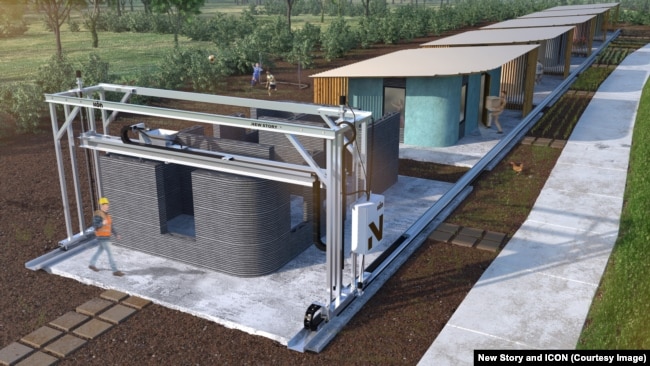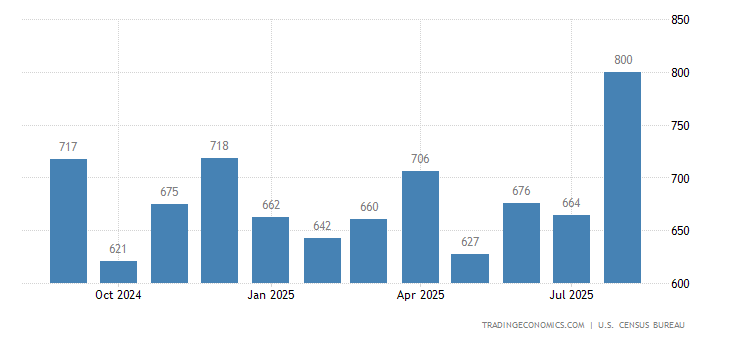Southern California home prices jumped 10.2% in February compared with a year earlier, while sales remained nearly flat as the region and the state grapple with a shortage of homes for sale.
The median price across the six-county region clocked in at $506,750 last month, real estate data firm CoreLogic said Wednesday. That’s up from a revised $495,500 in January but below an all-time high of $509,500 in December.
It’s not unusual for the median — the point at which half the homes sold for more and half for less — to fluctuate month to month, and prices are up solidly from last year. In Los Angeles County, the median hit a new all-time high of $580,000 in February, up 10.5% from a year earlier.
Elsewhere in Southern California, median prices increased as well.
- Orange County: The price tied a record of $710,000 and was 10.1% higher than a year earlier.
- Riverside County: The price rose 8.7% to $375,000.
- San Bernardino County: The price leaped 16% to $336,500.
- San Diego County: The price rose 8.7% to $535,000.
- Ventura County: The price rose 6.7% to $555,000.
A growing economy and a shortage of homes listed for sale are helping drive the increases. That’s spurring a political debate about whether state government should restrict local authorities’ ability to limit housing construction.
California, largely because of its housing costs, has the nation’s highest poverty rate after accounting for cost of living. Many cities, including Los Angeles, have proved too expensive for some low-income residents, causing them to move away or end up in tents that line streets.
According to online real estate brokerage Redfin, there was less than a four-month supply of homes for sale in every Southern California county last month. That means there would be no properties left at the end of that time frame if no new listings popped up and sales continued at their current pace.
Real estate agents generally consider a six-month supply of homes to be a balanced market, in which neither sellers nor buyers have an advantage. Lower supply gives an edge to the sellers. In Los Angeles and Orange counties, inventory stood at 3.1 months.
Across the region, sales rose 0.6% in February compared with a year earlier.
Exacerbating the supply shortage, rock-bottom mortgage rates have supercharged the market in recent years, enabling borrowers to afford more than they otherwise could as long as they can scrape together a down payment.
Rates remain low historically, although they have shot up this year because investors fear inflation will pick up.
That uptick essentially makes homes more expensive. But some real estate agents say that it hasn’t hurt demand yet — instead, they say, it’s is spurring families to buy, for fear that rates will just keep rising.
The average rate on a 30-year fixed mortgage was 4.44% last week, up from 3.95% at the beginning of the year, according to Freddie Mac.
read more…
http://www.latimes.com/business/la-fi-home-prices-20180321-story.html


/cdn.vox-cdn.com/uploads/chorus_image/image/59083123/Screen_Shot_2018_03_19_at_1.39.00_PM.0.png)


